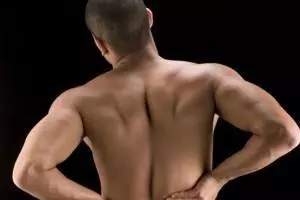
Lower back pain can have many causes. In the case of acute pain, a herniated disc in the lumbar spine can only be expected in about three to five percent of cases. Surgery is not always necessary, since in about 90% of herniated discs the material that protrudes is resorbed over time.
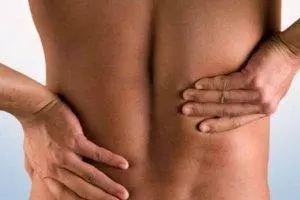
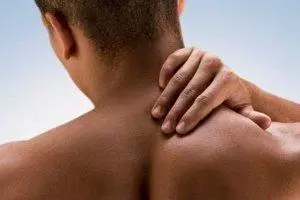
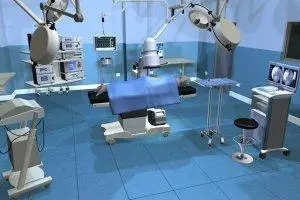
In the case of back pain caused by spinal canal stenosis, also known as spinal canal narrowing, various anatomical structures are often involved, which together form the wall of the spinal canal:
Due to degenerative changes in vertebral joints, ligaments and intervertebral discs, the spinal canal narrows - spinal canal stenosis - and often the bony nerve exit openings (foramen) as well. A direct narrowing occurs when a damaged intervertebral disc bulges backwards or protrudes.
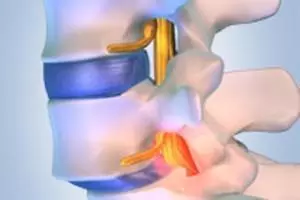
Slipping of a vertebral body can be congenital (isthmic spondylolisthesis) or acquired; in the latter case, it is often caused by changes in the intervertebral space and/or vertebral joint caused by wear and tear and can cause severe back pain.
In sports in which extreme backward bending of the lumbar spine is common, defects in the vertebral arch, which then result in vertebral slippage, are particularly common.
However, a slipped vertebra can also develop as a result of injuries, certain bone diseases, and sometimes also as an undesirable consequence of spinal surgery.
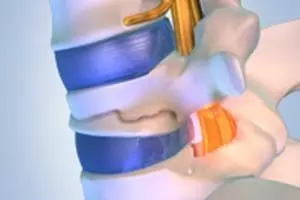
Vertebral collapse in osteoporosis is one of the most common complications. Vertebral body collapses can be very painful and cannot be adequately treated in the conventional (conservative) way.
Since 2000, a new, innovative method for treating collapsed vertebrae has been possible: balloon kyphoplasty. With this minimally invasive procedure, the fractured vertebral body can be straightened and stabilized immediately with viscous bone cement.
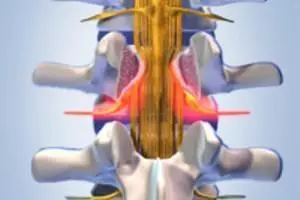
Basically, there are different types of deformities of the spine. In addition to the so-called kyphosis (increased hunchback formation, e.g. M. Scheuermann or widow's hump in osteoporotic multiple vertebral fractures or in M. Bechterew), kyphosis in older people is probably the best known and most common deformity of the spine.
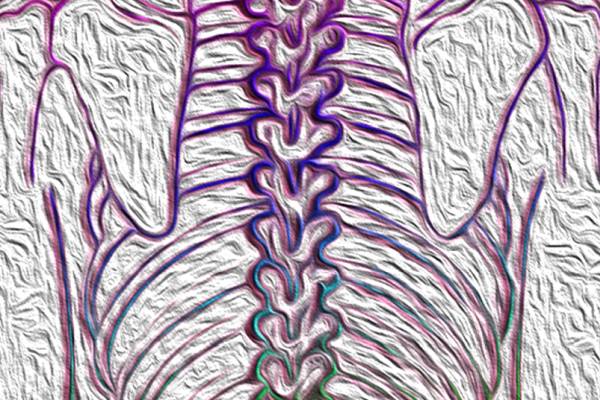
Basically, there are different types of deformities of the spine. In addition to the so-called kyphosis (increased hunchback formation, e.g. M. Scheuermann or widow's hump in osteoporotic multiple vertebral fractures or in M. Bechterew), scoliosis is probably the most well-known and most common deformity of the spine. True side bending (not caused by pain) scoliosis (side bending with simultaneous twisting of the vertebrae) is a three-dimensional spinal column deformity. The causes for this are manifold